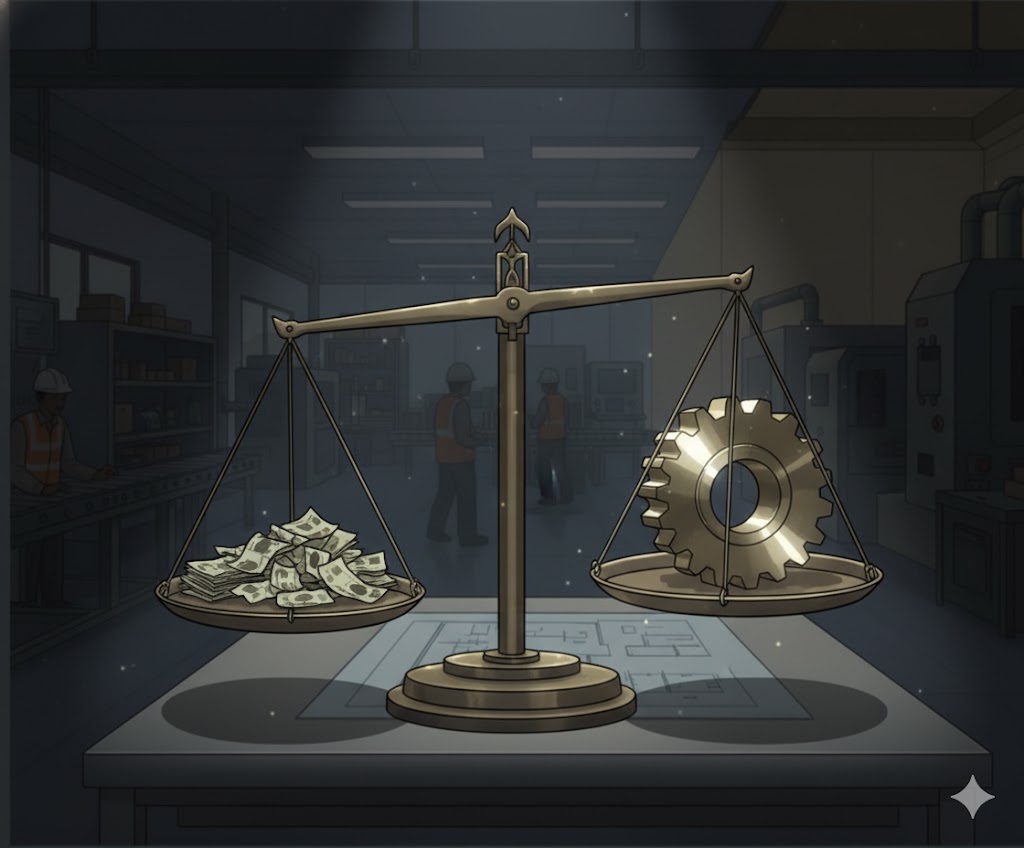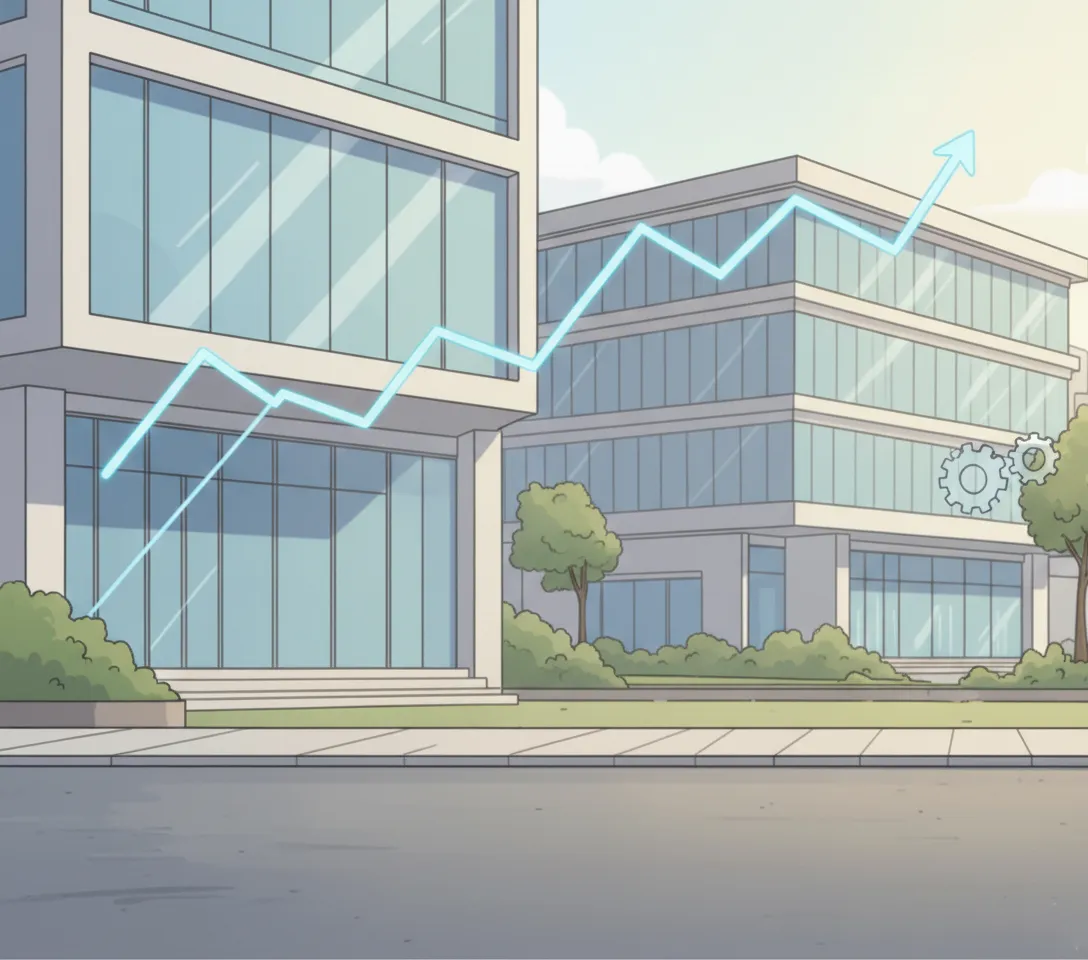Cost of Poor Safety; It Adds Up
A proactive safety culture is a powerful strategic asset that reduces hidden operational costs, improves productivity, and yields a measurable return on investment (ROI).

"Culture is not a set of policies; it is a way of life that constantly demands leadership presence and consistency."
— Simon Sinek, Author and Organizational Consultant
In the modern business landscape, strategy is king, or so we are told. Companies spend millions crafting elaborate plans, only to watch them fail. Why? Because the best strategic plan in the world will fail if the organization's existing culture is not aligned with that strategy. Nowhere is that truth more vividly, and often more costly, demonstrated than in safety performance. As Simon Sinek, a leading voice on inspirational leadership, suggests, culture is not a manual; it’s a way of life that requires consistent action from the top down.
Many leaders mistakenly treat safety as an isolated cost center. This viewpoint is not just shortsighted; it’s financially destructive. Poor safety performance is a direct drain on profitability. While every dollar invested in safety yields a substantial return, every dollar not invested guarantees losses that compound across your business. The core problem is that a reactive culture, not a lack of procedures, undermines everything.
The Challenge: The Cost of Status Quo
The primary hurdle is the persistent view of safety as an operational necessity rather than a strategic asset. This mindset leads to reactive management, where resources are poured into cleaning up messes. Funds are directed toward accident investigations, expensive insurance rate hikes, workers’ compensation claims, and legal fees; all expenditures after the damage is done.
This approach overlooks the vast, hidden costs of failure. Beyond the visible expenses, poor safety erodes employee morale, drives up staff turnover (creating a continuous cycle of retraining), causes disruptive production downtime, and damages brand reputation. These indirect costs can be 3 to 10 times higher than the direct costs, creating a destructive false economy.
The fundamental breakdown is cultural. You can craft the perfect, compliant safety manual (your "strategy"), but if your organizational culture rewards speed over stopping for a safety check, or punishes employees for reporting a mistake, that perfect strategy is dead on arrival. Culture is not a set of policies. The underlying beliefs and behaviors will always override the written plan because the culture itself lacks the necessary leadership presence and consistency.
The Unbreakable Link Between Poor Safety and Financial Loss
Poor safety is a leading indicator of operational waste. When an organization tolerates risk, it signals a deeper tolerance for disorder and inconsistency in its core processes. This lack of discipline creates several direct financial liabilities because a weak culture cannot execute a strong plan:
- Lost Productivity and Focus: Employees who feel unsafe are less engaged and distracted. This translates directly into higher failure rates, poorer quality, and missed deadlines.
- Compounding Operational Waste: Incidents are forms of operational failure that stop work. Frequent incidents lead to chronic downtime, spiraling insurance premiums, and unpredictable supply chain delivery. When culture doesn't prioritize risk mitigation, cash flow suffers.
- Talent Drain: A poor safety record makes your company a less desirable workplace. It accelerates staff turnover and hinders the ability to attract top talent, forcing higher costs for constant recruitment and remedial training.
- Client Retention: Major clients increasingly require partners to meet stringent safety performance metrics. Poor safety results in contract penalties, reduced work scope, or outright termination, a direct loss of revenue.
Ultimately, poor safety culture dictates poor execution. The strategy failed because the way of life in the organization was misaligned.
The Opportunity: Make Safety the Value Generator
Reverse the potential flow of financial loss by shifting safety from a regulatory obligation to a core strategic asset, a source of high ROI and a sustainable competitive advantage.
This shift means moving beyond the reactive, minimum-compliance mindset to achieve a superior, measurable Return on Investment (ROI) in human capital. We are no longer talking about just "reducing loss," but about generating value through reliability and efficiency, driven by a world-class safety culture.
By integrating safety into your business model, you empower a virtuous cycle: cultural excellence leads to safety excellence, which in turn fuels operational excellence, delivering sustained profitability and market leadership. This is the way of life that sustained success demands.
The How: Integrate Safety into Your Business
The transition from a cost-incurring, reactive model to a value-generating, proactive asset requires disciplined focus on a few core operational principles:
- Integrate Safety KPIs with Business KPIs: Stop tracking only lagging indicators (incidents, LTI rates), which only tell you where you failed. Start rigorously tracking leading indicators such as the number of hazards identified and mitigated, including the quality of supervisor-led safety discussions. This reinforces a proactive culture that supports your business goals.
- Empower Frontline Ownership: Leadership must give every single employee the authority to stop a job without fear of retribution if they perceive an unsafe condition. This action shifts accountability to the people doing the work, proving that the culture values safety over production pressures. This demands leadership presence and consistency to ensure the policy is never undermined.
- Invest in Risk Mitigation: Based on business needs, this could involve purchasing safer equipment (engineering controls) or leveraging modern predictive technology (e.g., analytics and immersive training) to identify and correct failures before they occur. This ensures funds are spent on building resilience, demonstrating that prevention is a cultural priority.
Will you continue to let a poor safety culture silently erode your profits, or will you create a culture strong enough to ensure your best strategies succeed?
Take Action Today
Stop guessing, know your real cost. Start by identifying your three most frequent or high-cost incidents (or near-misses). Don’t stop at the obvious expenses like claims or fines. Take it further, calculate the indirect costs: lost production, supervision time, rework, and turnover. That’s where the real impact of a reactive culture hides.
When you share these proven financial insights with key stakeholders, you turn abstract safety concerns into tangible business realities. Awareness becomes commitment because you can’t fix what you don’t fully understand.
Make safety a shared operational responsibility, not a line item on a department’s budget. Safety is good business. And good business means people keep their jobs, protect their futures, and strengthen the organization as a whole.
That’s how you elevate a safety commitment into a lasting competitive advantage.
Safer, by design.
About the Author
Terri Willis is the founder of TrueMomentum Safety. She aspires to equip everyone in your organization to make safety a natural part of how they work. Terri's insights help teams turn safety challenges into real solutions, creating workplaces that are Safer, by Design. You can learn more on the about page.

